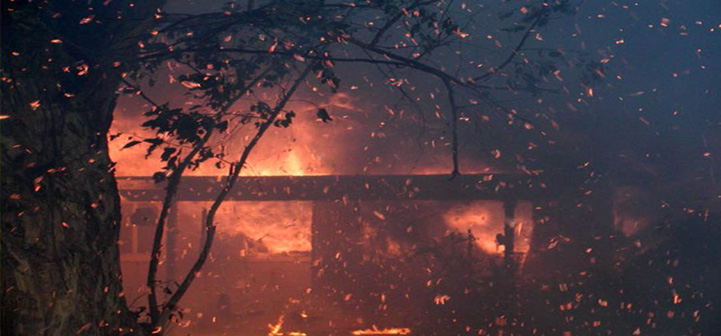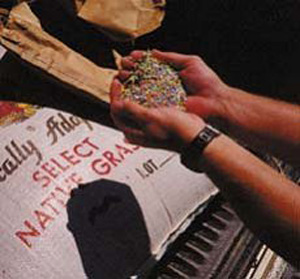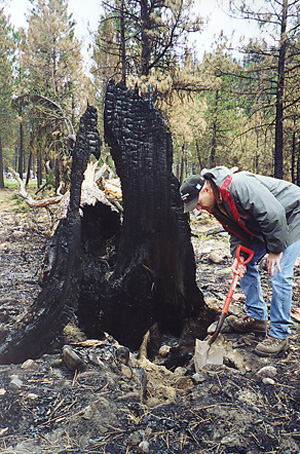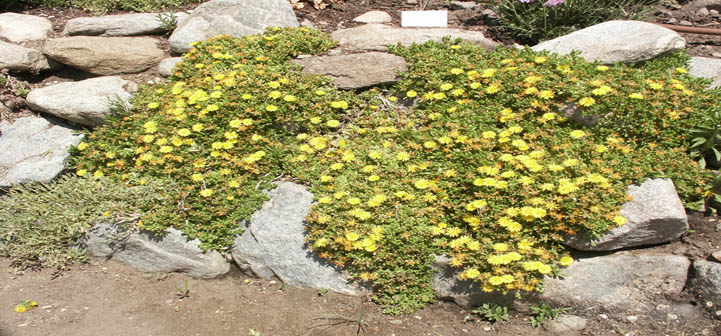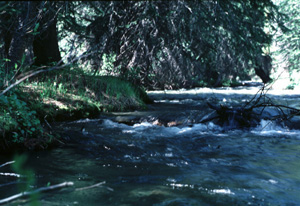
Assessing the erosion potential after a wildfire is an important step of post-fire management. Erosion is a natural process occurring on landscapes at different rates and scales, depending on geology, topography, vegetation, climate and weather, and is defined as the movement of individual soil particles by wind or water. Erosion is a function of the forces available, the amount of protection to the soil surface, the type of the soil and soil stabilizing components such as roots. It is usually …
